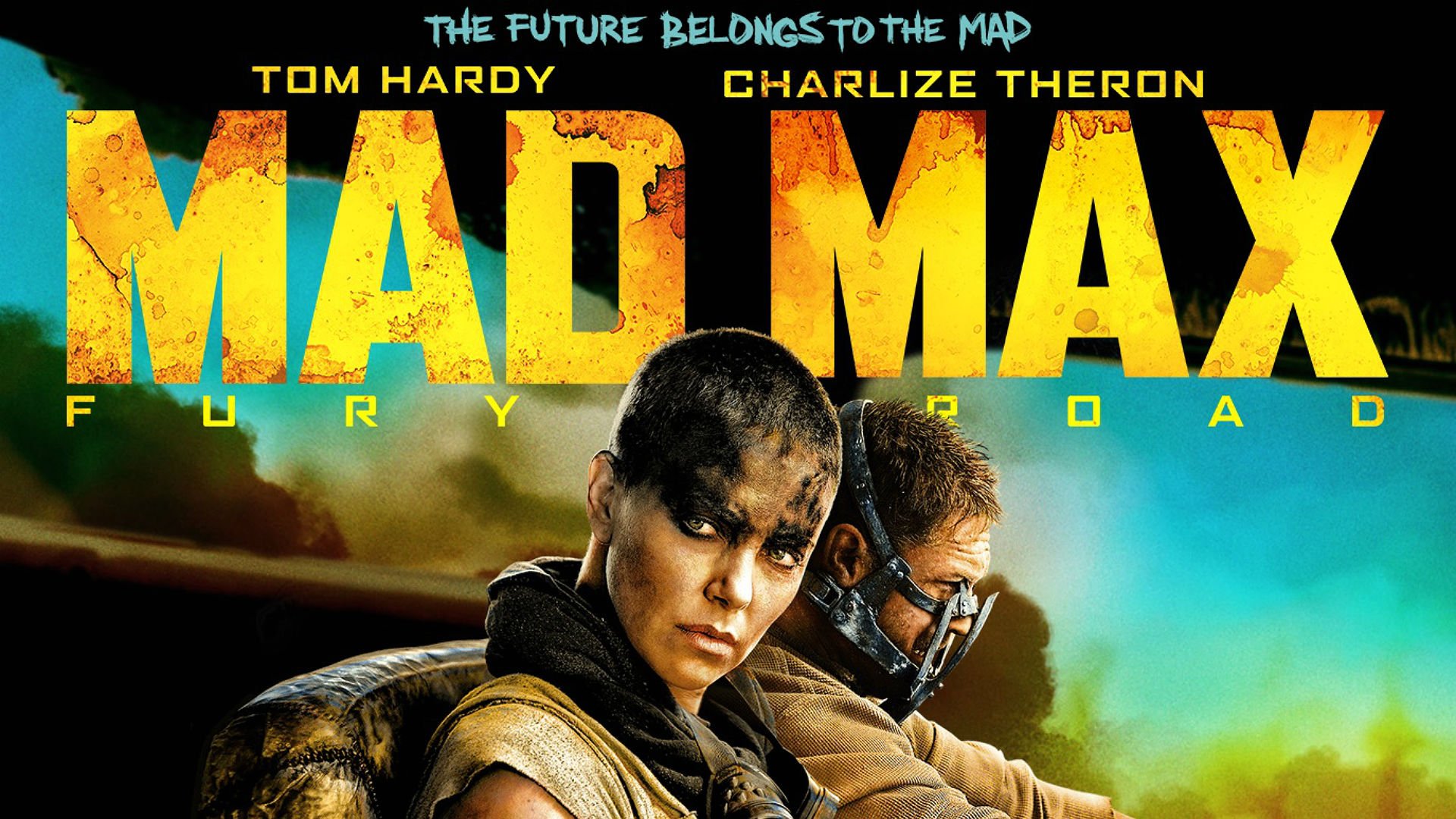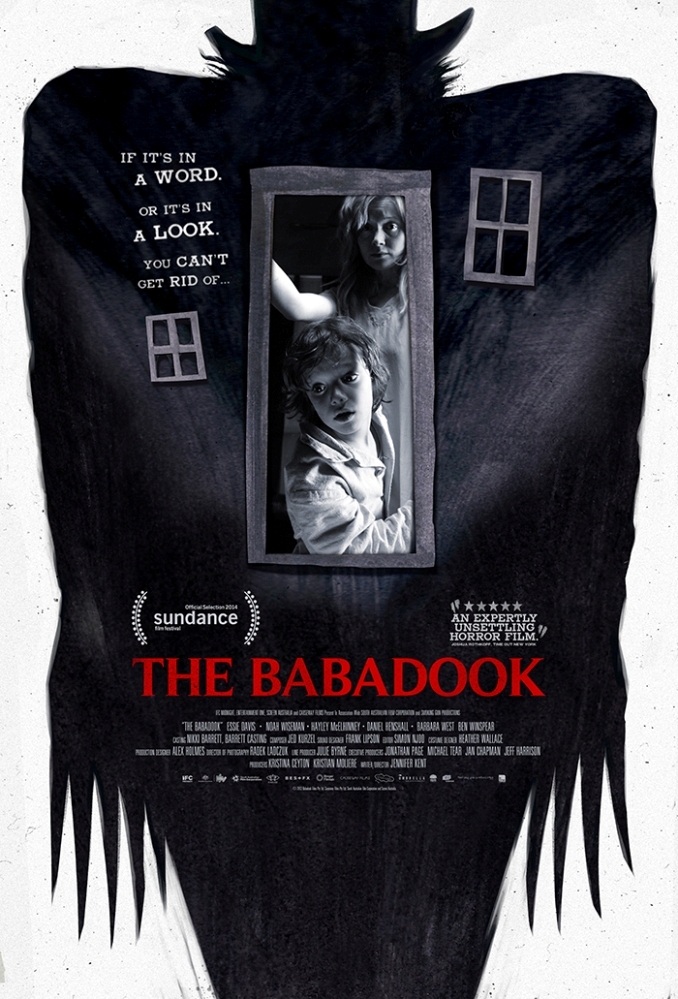The Australian film industry is in the middle of a renaissance, with locally produced popular genre movies riding a wave of success, from action, comedy and sci-fi films to crime, thrillers, and our unique horror productions, says a QUT researcher.
Associate Professor Mark Ryan, a lecturer in film, screen and animation, and a chief investigator with QUT's Digital Media Research Centre, argues the study of film genre has been long overlooked in Australian film studies and deserves more attention.
He adds that despite some exceptions, critics in the past have largely relegated local genre films to B-movie status and celebrated Australian movies that contributed to a sense of national identity and history; films like Sunday Too Far Away, Breaker Morant, and Gallipoli.
"Since the mid- 1970s, genre films made largely for a popular, commercial audience have held a tenuous position in industry practices, film culture, policy frameworks and public funding initiatives but we are now in a golden age of genre cinema," said Professor Ryan who, along with Associate Professor Kelly McWilliam from the University of Southern Queensland, has co-edited a new book, Australian Genre Film (Routledge).
"The 1980s was a productive period for genre films but the 1990s Australian output was dominated by independent art films, dramas and comedies. National film policy prioritised the development of an industry contributing to the screening and preservation of Australian culture, identity, and history. Genre films were not seen to fit that brief.
"Between the mid-2000s and 2020, however, there has been a surge in action, adventure, horror and science fiction films. Our filmmakers are turning out more movies across a broad spectrum of popular movie types, from low budget to blockbuster productions, including some that morph more than one genre, such as Mystery Road (thriller and crime) or Wolf Creek (horror and road movie)."
According to Professor Ryan, the current boom in genre film making shows no sign of slowing down and began after the federal government created Screen Australia, which in turn introduced critical core production and post-production finance incentives.

"A key role of Screen Australia was to support 'commercially focused' films with the potential to appeal to audiences and it has certainly succeeded in this. Between 2007 and 2017, its Producer Offset contributed over AU$900 million in rebates to producers in support of 291 features," he said.
"Eight of the top 20 highest-earning Australian feature films of all time were produced in the last decade, and each of these films have a dominant primary genre or hybrid generic identity. They include Mao's Last Dancer (biopic), The Sapphires (musical), The Great Gatsby (drama/romance); The Water Diviner (war), The Dressmaker (revenge/thriller) and Mad Max: Fury Road (action/road).
"Previously, commercial movie genres associated with Hollywood cinema such as action, horror, thrillers, and the musical were viewed by film critics as American genres to the extent that it became 'unacceptable' to make Australian films with Hollywood generic conventions.
"The rise of the genre film has also been fuelled by an explosion in guerrilla filmmaking thanks to greater availability of low-cost high-definition cameras and digital editing equipment alongside the proliferation of video on demand platforms, as well as increased production of transnational cinema."
 Professor Ryan said while the study of movie genres was a well-established subfield of film studies, the focus has overwhelmingly been on Hollywood. His book turns the lens to Australia and analyses of 13 significant Australian genres: action, biopics, comedy, crime, horror, musical, road movie, romance, science fiction, teen, thriller, war, and the Western.
Professor Ryan said while the study of movie genres was a well-established subfield of film studies, the focus has overwhelmingly been on Hollywood. His book turns the lens to Australia and analyses of 13 significant Australian genres: action, biopics, comedy, crime, horror, musical, road movie, romance, science fiction, teen, thriller, war, and the Western.
His own field of expertise is horror which he covers in the chapter A Monstrous Landscape Filled with Killer Animals and Madmen: Tropes of Contemporary Australian Horror Movies.
"Unlike other major movie genres such as fantasy, action, and science fiction, which have struggled to gain a foothold in the Australian feature film industry until quite recently, the horror genre has been an enduring genre for independent filmmakers over the last 50 years," he said.
"In the last 20 years, purely in terms of the volume of films produced, the horror genre has become a far more significant form of production for the Australian film industry even if it remains largely a cult genre.
"Since the mid-2000s, horror has become both a staple and, at times, a commercially viable genre for low-budget filmmakers targeting international markets. In this time, the Australian film industry has produced several high-profile horror movies that circulated widely in international cinema markets, such as Bait, Saw, Daybreakers and Wolf Creek.
"However, the genre is often still dismissed by reviewers as unworthy of serious critical attention unless a film can be considered within a more reputable critical context; like The Babadook which was internationally acclaimed and seen as art-horror when it came out in 2014," he said.
Australian Genre Film is published by Routledge.






